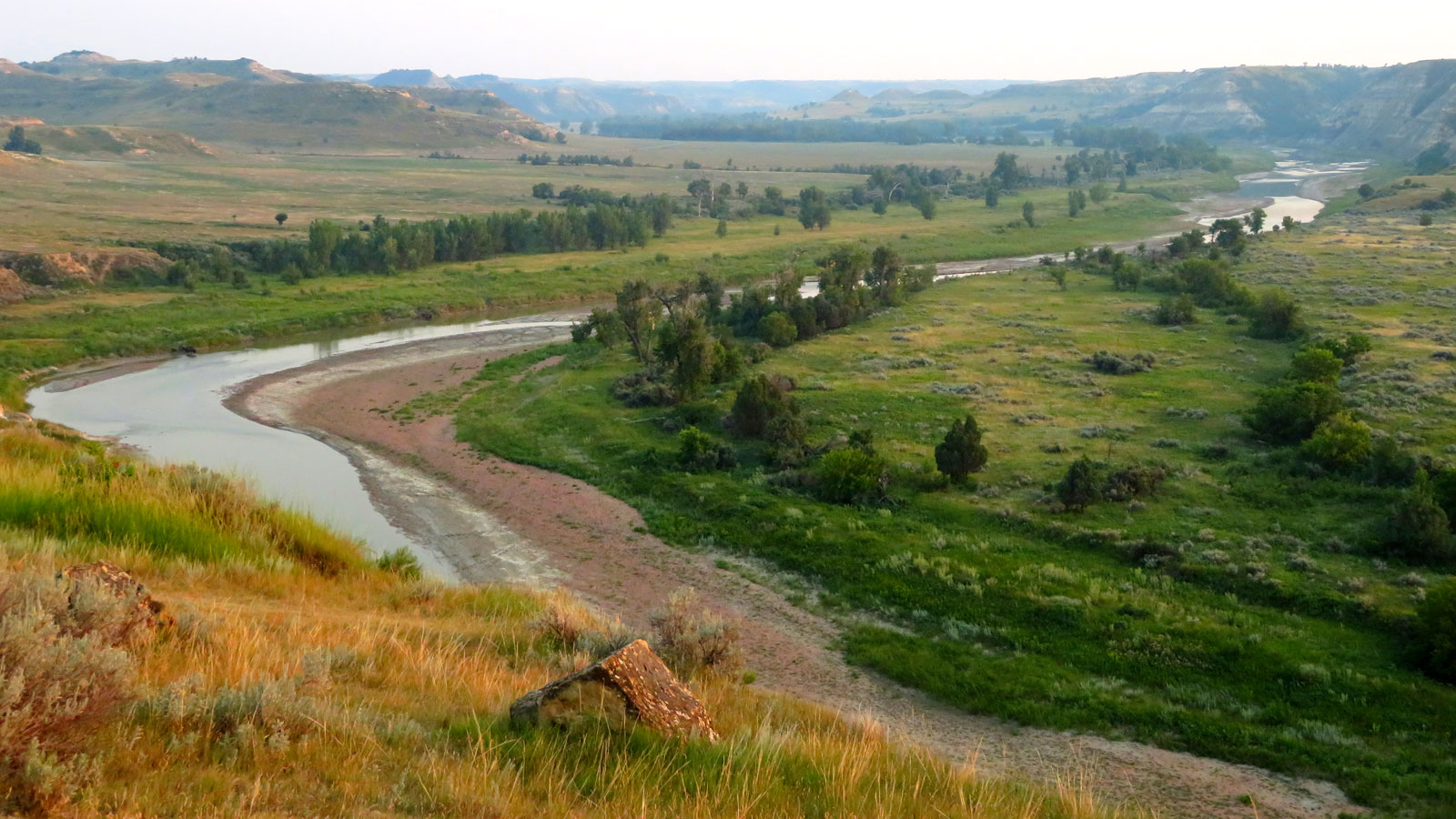Cottonwood forests once lined the Missouri River. But many of the trees were cut down for agriculture or to power steamboats. And even more were lost when the river was dammed.
“The cottonwoods on the Missouri River are already mostly gone,” says Jonathan Friedman, a hydrologist for the U.S. Geological Survey. “And the ones that are remaining are declining.”
He explains that the remaining trees are struggling to reproduce.
Young cottonwoods need a lot of light and moisture to grow. So their seeds take root on sandbars that form when a river floods.
Many die when the river floods again. But Friedman says that if the river is allowed to shift its path over time, sometimes a sandbar full of cottonwood trees will escape the river in the following years, and those trees will grow up.
However, much of the Missouri River has been dammed and stabilized to protect development.
“And so the preexisting forest, some of that forest remains and is aging in place,” Friedman says. “But we’re not making new forests because the river is not moving around anymore.”
And climate change is bringing higher temperatures and droughts, which can stress the trees.
So while cottonwoods may be common, the ones along the Missouri River will likely continue to dwindle over time.
Reporting credit: ChavoBart Digital Media


